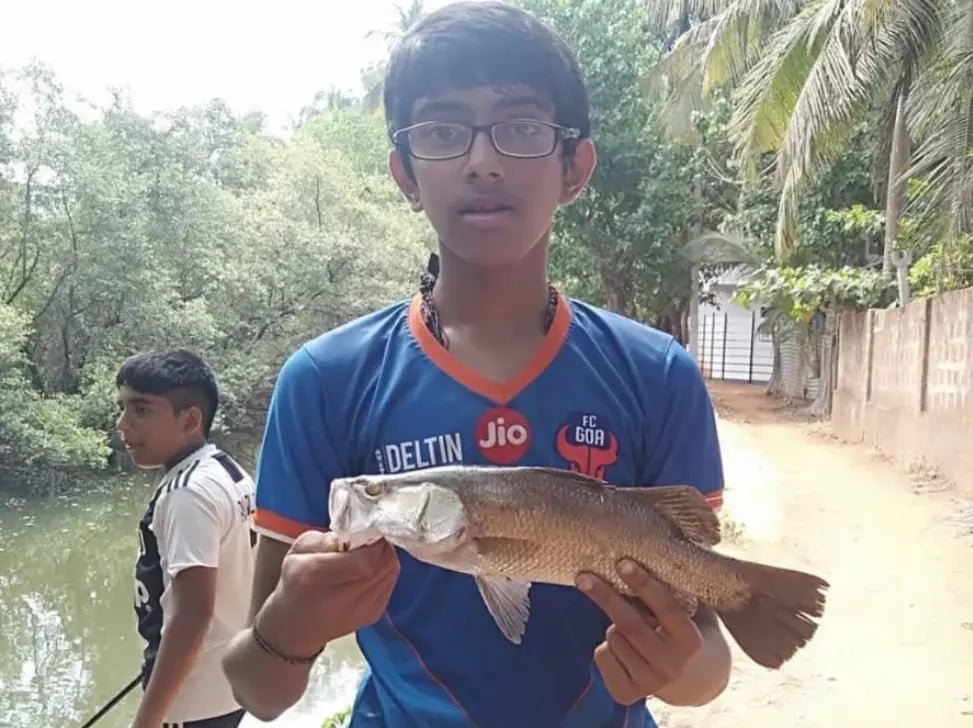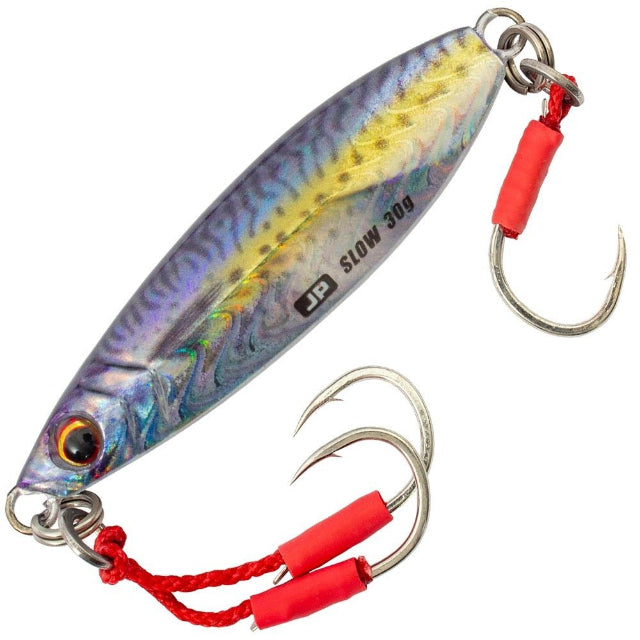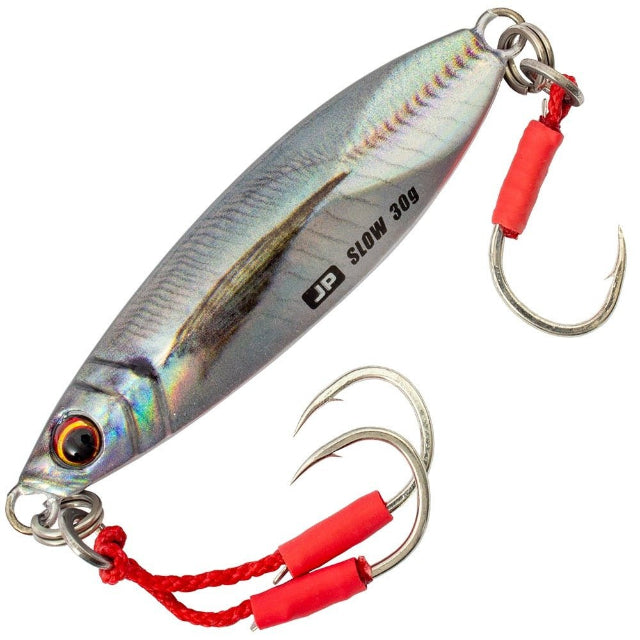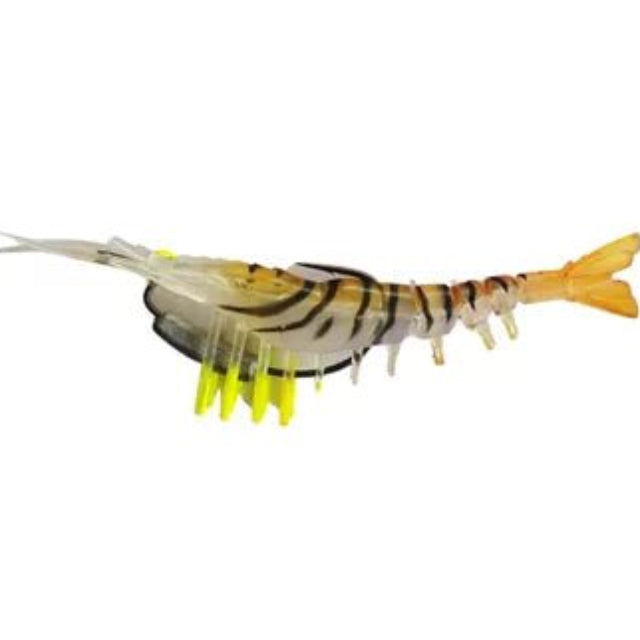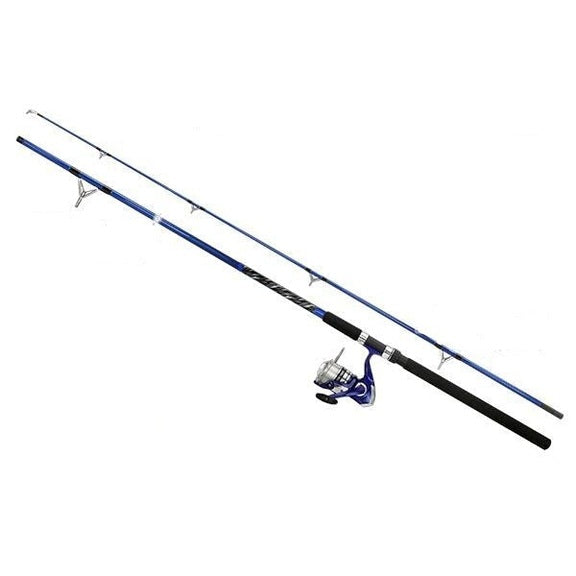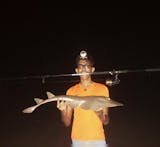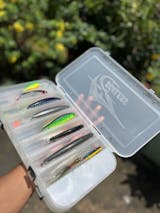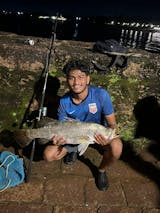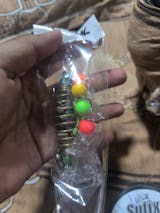Best Lures For Barramundi Fishing in India
Any new angler worth their salt living around the peninsular coast of the Indian Subcontinent wants to add a 20 Kg Barra to the list of their catches. Or at least a 2 Kg one to begin with. After all, it’s such a lovely fish not just to look at or for its taste, but for the sheer excitement it can give you when you happen to hook one at the end of your line. The fight that one may put, depending on the size and time of the year will make for a very memorable catch. But one of the most sought-after Game Fish in the Indian subcontinent comes with its fair share of work and spot-spotting skills, if you choose to target one. Even an experienced angler may sometimes go dry for days or months at end, without a Barra strike. So now to even attempt to answer the question of what are the best lures out there in India for Barramundi Fishing, we have to go through a list of factors. Well, here are a few
A Bit About The Barramundi
Before we start, it will always help to know a bit about Barras behavior & Physiology. Barramundi which are also referred to as Sea bass, Giant Perch & Asian Sea Bass, are Apex predators and are found all along the coastal waters and further inland in the Estuaries and Creeks that drain the inland rivers into the Seas. Spread across India, South East Asia & right down to the rivers & estuarine systems of North Australia, this beautiful beasts undergo natural changes in Sex from Male to female during their life cycle…yes that’s right. Sequential hermaphroditism as this phenomenon is termed, means all small Barras are born Male and once they reach about 4 to 6 years of age they change to Female. This means all large adult Barras are female and hence it is all the more required that Anglers release Big Barras more often than taking them back so that they breed and survive to produce offspring’s. Having predatory instincts comes naturally to Barras. Barras are also known to be cannibalizing on their own kinds, specially when they are small and if there is not much food available around. Owing to this aggressive nature, it is always good to target Barras with bait movements rather than static or uniform lure-reeling patterns.
Ideal Locations to Target a Barra for Fishing
Barras, along the Indian Coast and South East Asia, are likely to be found more upriver than near the seas though many are found fishing the coast off Rocks and ridges closer to the mouth of Estuaries where the rivers meet the sea. But it is difficult to catch one fishing the open seas. Barras are Euryhaline creatures, which means they can tolerate a wide variation of salinity and can survive both saltwater and freshwater when they adapt themselves. Thus they prefer to be somewhere in the middle where the salinity is a bit less and the flows of river a bit slow. A few kilometers upriver (5-10 Km ) would thus heighten your chances of catching a barra as the waters would be more calmer than when the river reaches closer to the coast, though of course this isn’t a perfect rule. Barras like to hide under structures, snag and rocks. These are areas where the flow of water is obstructed and thus serve as good hiding places. Hiding just beyond these structures helps them conserve energy and get shelter from the ebb and flow of tidal waters and from strong flows of the river waters. From these hideouts, they love to ambush their prey in a rush. These structures also harbor their potential prey which happen to be mid size fish like mullets, silver fish, pearl spot but more predominantly shrimp , small crustaceans like crabs and their favourite, prawns. Barras also like to live around Mangroves for the same reason as the root systems of these Mangroves serve as hosts to a lot of crustaceans and fish which are their favourite prey. Also like in all cases, these fish will most likely be found in areas and waters that are not easily accessed by people. Places and spots that get no or less boat traffic and are devoid of fishing nets and in general have low exposure to human activities could markedly increase your chances.
Read More: Big game fishing destinations | Tourdal fishing trips
Best times of the day to target Barra & Moon Phases
Like most predatory fish, you would give yourself the best chance to catch a Barra either early mornings or just after Sunset. But Night times are no bad times too specially when the nights are just beginning to get a little warmer. Timing your trip around full moon day (Poornima) or New Moon Day (Amavasya) would also turn out to be lucky for you and could increase your chances of getting your prized Barra. Fish a little away from these days and you slightly decrease your chances. Like most fish, Barras would like to prey on food early mornings and evenings and would prefer to rest when the day gets warmer and Sun comes overhead.
Fishing with science – Moon phases and fishing Part 1 - YouTubeAll About Fishing And Moon Phases
https://www.youtube.com/watch?v=n2pijUhVXTY
Dean Sylvester doing some awesome full-moon Barra fishing
Choosing the Right Rod and Tackle For Barramundi Fishing
This is a critical part in determining how successful you will be in landing the Barra. Usually since Barra fishing is done up river or at river mouths, it makes sense to have shorter Rods (9 ft or less) so you can cast and reach your lures in the right spots and then be able to bring in the Barra with ease when you hook one. You don’t have to really cast far out but try and keep the lure near structures like rocks, mangroves and other submerged structures so you reach the striking range of any Barra that may be sheltering behind these structures. But then its not a bad idea to cast it out in the open in case you don’t get one closer to these structures so you can cover more area to enhance your chances. Also since Barras have sharp Gill bones which can cut even thru the strongest braid at times, it makes sense to use a thicker mono leader or either a steel or insulated steel leader. Ideally go for a line that is at least 15 to 20 Kg break strength if you are fishing for small and more than 25 Kg break strength if you are fishing for mid sized Barra.
Which are the best lures for Barramundi Fishing In India
So this brings us to the important question which is which are the best available lures for Barramundi Fishing in India. Well if it comes to that frankly nothing can top a live prawn or a live bait fish. Barra go for live prey like they would go for no other bait but then if you can’t get a few live prawns at hand, there are a number of lures that can be used as replacements and could yield equally good results. A few are listed below. These are not in any particular order but are only listed based on Availability in India. Actually when it comes to Barras any good swim bait would do as long as you give it enough motion and know how to keep it in the right zone, depending on whether you are targeting hidden Barras or free swimming Barras.But like for most predatory fish you have to use the “sequential elimination” technique to test your lures, motions and casting range. “Sequential Elimination” means nothing but sequentially exhausting your options till you get a strike. So you can start with 3 lures of choice, then start fishing with them closer to structures first and if that doesn’t work cast them further out covering every available angle and square meter/yard of open water within your casting range so as to get a strike.
Ideally from most readings and reporting it seems Barras go more for whites (with a little sprinkle of colour) so Albino Shiners, Glass Ghosts & Read Heads make for good starting colours and these can be used first in shorter ranges keeping the lures closer to the banks and near rocks and submerged structures. But if you don’t get a bite and want to test casting in a bit more open waters you could try lures with a bit of shine on them and even a spoon would get you a catch as these could attract a Barra out of its cover and make them chase after the lure. After exhausting these options you can then try the Pinks and Fire Tigers as these are more visible and may get you the more aggressive Barras. The main principle should be getting their attention and getting them to attack so once you have chosen the right colour and shine to go with the phase of the Moon or with the rising and setting of the Sun, it boils down to what motion you put on the bait to make a Barra strike. So here are a few baits that have been used by many buyers to get their Barra Bites . These are in no particular order or preference
Prawns Imitation Lures for Barramundi Fishing
CHASEBAITS FLICK PRAWN
Slow Sinking Lures for Barramundi Fishing
STORM MINNOW STICK HARD BAIT
RAPALA SHADOW RAP DEEP HARD LURE
RAPALA COUNTDOWN SINKING HARD BAIT LURES
Soft Plastic/ Rubber Lures for Barramundi
RAPALA X-RAP PETO HARD LURE
TRIGGER X SWIMMING GRUB SOFT BAIT
TRIGGER X SLOP HOPPER SOFT PLASTIC BAIT
Z-MAN SWIMMERZ SOFT BAIT SHARD
Z-MAN DIEZEL MINNOWZ SOFT LURES
Z-MAN MINNOWZ SOFT PLASTIC LURES
CHASEBAITS RIP SNORTER WEIGHTED SOFT LURES
These are just a few Barra Lures available in India, if you know of any more that have helped you get a Barra and are not in this list, do drop us a comment below and we will be happy to include them.
Barramundi Targeting Checklist
Here is a Checklist that may help you Plan Your Barra Hunt. Each point has been rated on a scale of 10 so the maximum score could total to 60 Points. The Higher you score on this chart, the better are your chances of landing a Barra. You have to chose one option under each head like Phases of The Moon , Time of day etc. and total them all. So on a particular evening you add up to a score of below 20 your chances may be slim and if you happen to score 45 and above, you have a greater chance of landing a Barra. If your score is closer to 60, well this may be your night.
|
Phases of the Moon |
|
|
Full Moon Night/ New Moon Night |
9 |
|
Close to Full Moon/ New Moon (5 Days +/-) |
7 |
|
Other Days |
4 |
|
Time Of Day |
|
|
Early Evening/Early Night Time (7-10 P.M |
7 |
|
Early Mornings (5 – 7 AM) |
6 |
|
Mid days 10 AM - 5 PM |
4 |
|
Types of Structures |
|
|
Fishing Close to lot of Rocks & Structures |
7 |
|
Casting a little far out from a Rocky Coast |
5 |
|
Fishing open Seas |
-1 |
|
Area Land Accessibility On Land |
|
|
Untouched Area which is not easily accessible to humans |
8 |
|
Areas less accessed and relatively quiet & dark |
6 |
|
Urban Areas With Lot of Lighting, Noise & Human Activity |
5 |
|
Accessibility by Boats |
|
|
Low boat Traffic/ No Nets Used |
9 |
|
Little Boat traffic and occasional net use |
5 |
|
Lot of Boat Traffic/ Net Fishing etc |
-1 |
|
Season |
|
|
Early Rains (June - July) |
6 |
|
Late Rains (Aug-Oct) |
8 |
|
Winter |
6 |
|
Early Summer (Feb - Mar) |
7 |
|
Late Summer |
5 |
Advanced Tip For Beginners
Barras are rather illusive fish compared to other gamefish in Indian and Asian waters like the Red Snapper and GT. So if you happen to catch 10 fish on the trot with lures that more or less target a variety of fish, chances are that only one or two of the 10 will be Barras. So if you are a beginner and have done your live prawn baits fishing and want to shift to plastics, it would be advisable to start with cheaper lures first. As it may help beginners to first learn how to keep your lures near structures and rocks and this means you may lose a lot of lures in the beginning. So go for lures that are costing Rs. 600 or less at first before you move to the more popular ones. Also the ideal size of lures could be anything between 8 to 12 Cm at first followed by 12-18 cm if you are targeting a fish in the 1 to 2 Kg range to start with. As for dive depth, going for lures that dive between 3 to 5 feet would be ideal at first followed by going for the deeper diving ones.
Also if you are targeting a Barramundi over a Red Snapper, it would be advisable to keep your bait a bit above the bottom of the river bed rather than closer to it as Barra tend to go after a prey to a longer distance compared to Red Snappers. So if you are fishing in waters of say 3 meters depth for Barras it would be advisable to test swimming the bait in the region of 1 to 2 meters above the bottom rather than right at the bottom which would be more suited for Red Snappers.
If you happen to be reading this and have anything to add to our blog. Any detail that would help new anglers out there get their first Barra, please do drop us a line in the comment or do email us on mail@fishermanshub.com and we will be happy to add it.
Our readers must have also read about “My fishing Stories” as we have now chosen to name them. This is a series of short stories we will try to get to you around fishing, as and when time and tasks permit us. These will feature budding or established Anglers from India or stories of any memories and incidents around our beloved sport. We will try to tell you how Anglers first picked up their rods and got fishing. We will also try and bring to you the aspects they love about the sport and what are their favourite angling memories.
If our readers or any angler our readers know, feel should be featured in the series, please do drop us their names and contacts and we will try our best to cover them within our constraints. You can either mail us on mail@fishermanshub.com or just drop us a message on any of our social media handles or on whatsapp.
Tight Lines

